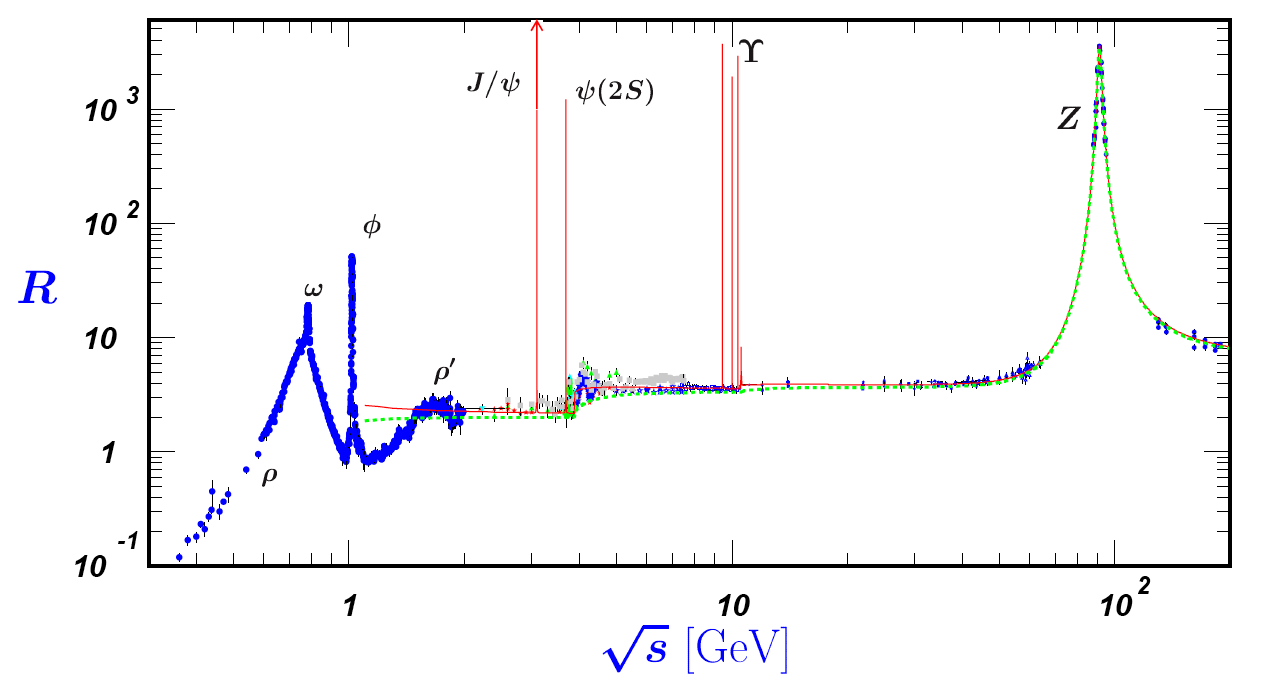##Question## In a real collider experiment e.g. LHC / LEP how can one reconstruct the energy and momentum of the resultant $q\bar{q}$ pair produced from the process $e^+e^-\to q\bar{q}$?
Specifically, how can we relate the kinematic variables before ($q\bar{q}$) and after hadronisation (observed jets)?
##Detail## I was working on a question that asserted as a side comment that one could reconstruct the final state energy and momentum of the resultant $q\bar{q}$ pair produces from the process $e^+e^-\to q\bar{q}$ observed experimentally in a collider.
The question posed itself was easy (and not relevant here) however, the assertion of the ability to reconstruct the energy and momentum of the quark and antiquark caused me some confusion.
##Thoughts## I have studied Thompson Modern Particle Physics and the only explanation I have is rather hand wavy and I'm not sure of its legitimacy.
I figured that we could observe the cross section of the hadron jet process and compare at specific centres of mass $\sqrt{s}$ to known experimental results (in plot below) form the ratio,
$$ R= \frac{e^+e^- \to hadrons} {e^+e^- \to \mu^+\mu^-} $$
If we were clever about picking $\sqrt{s}$ then perhaps results could peak at a meson production process that we would be aware of and then hence, we could determine the final state energy and momentum (this is the really hand wavy bit as I don't actually know how one might do that!)

